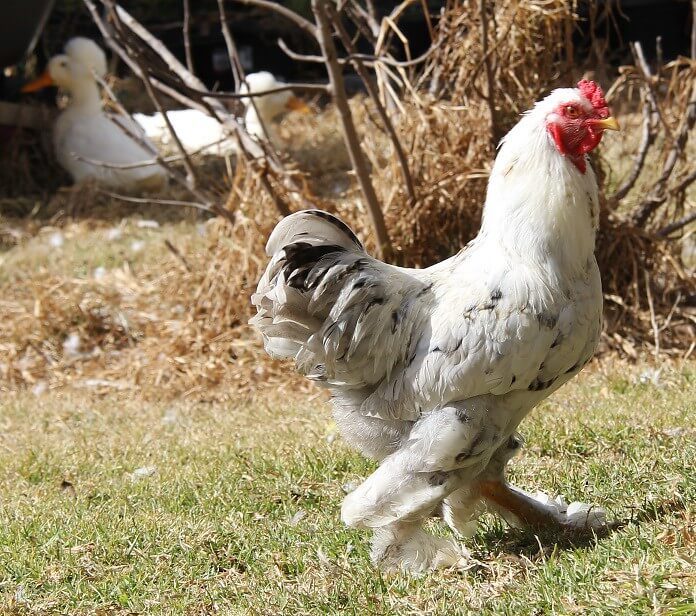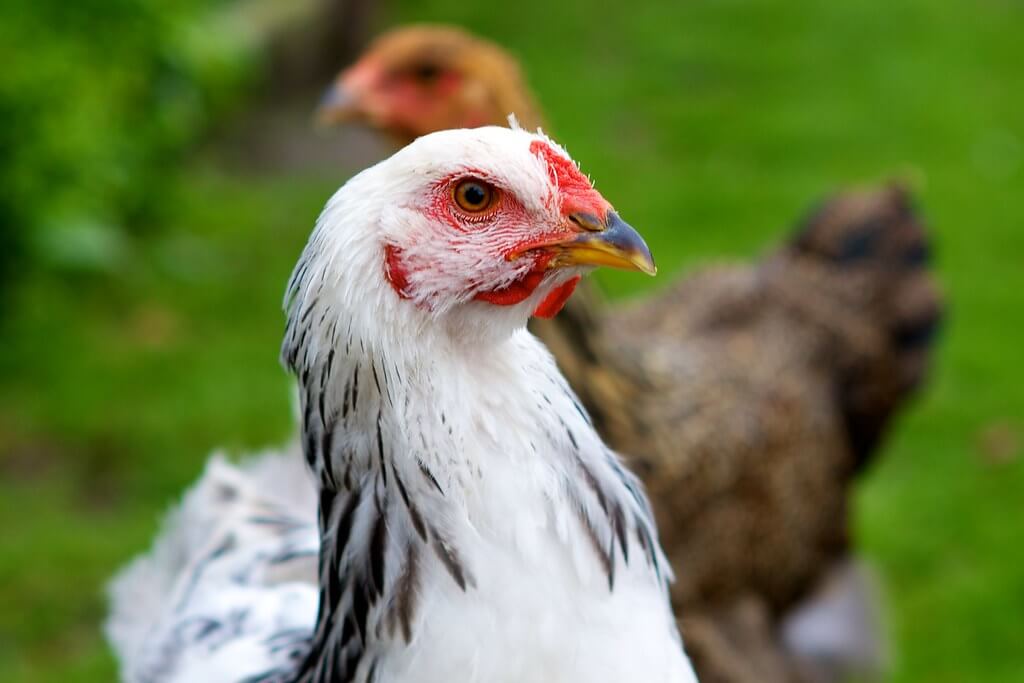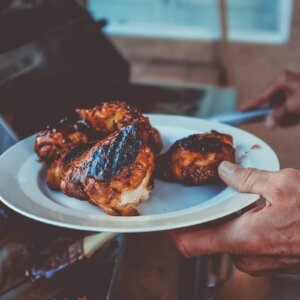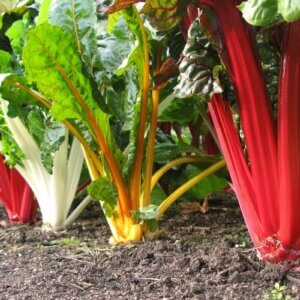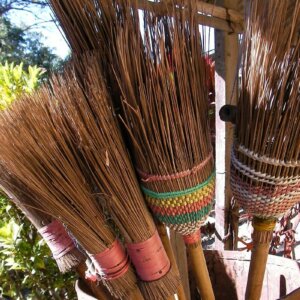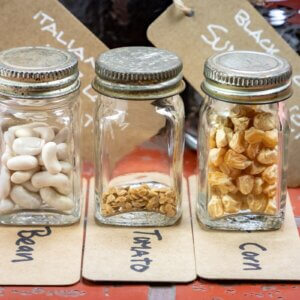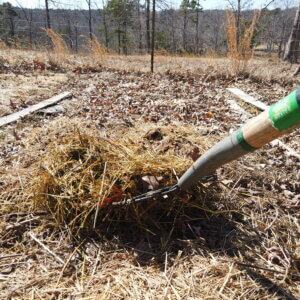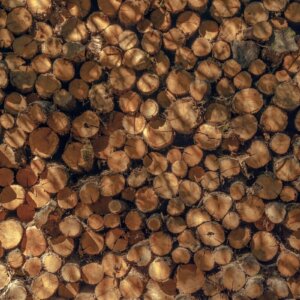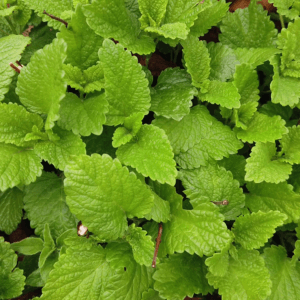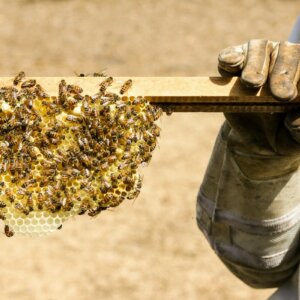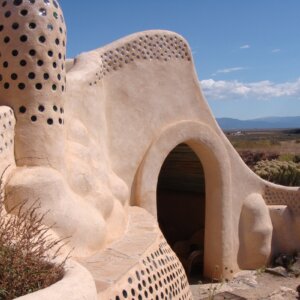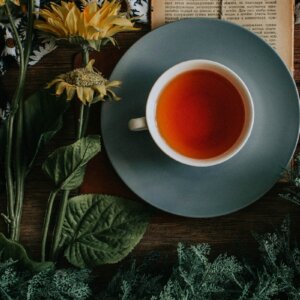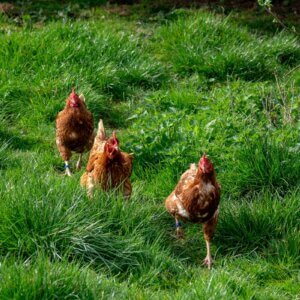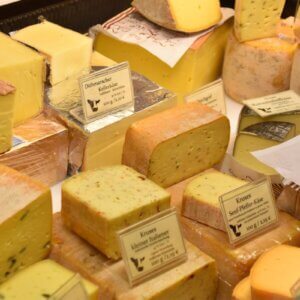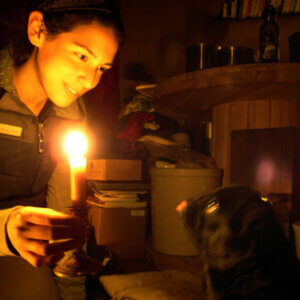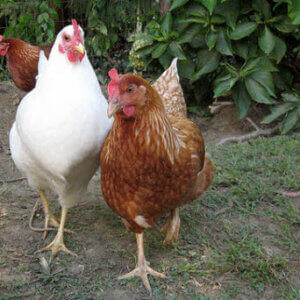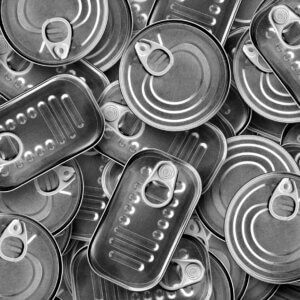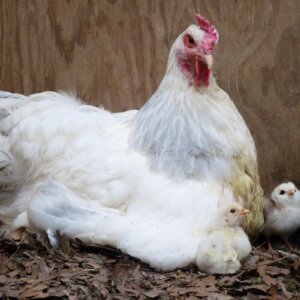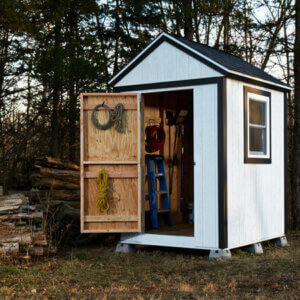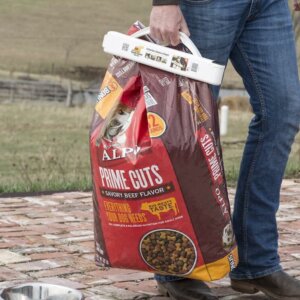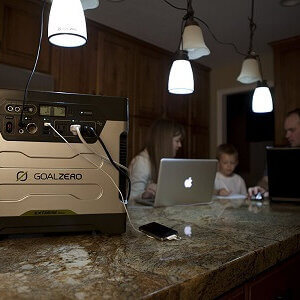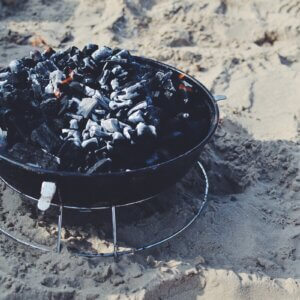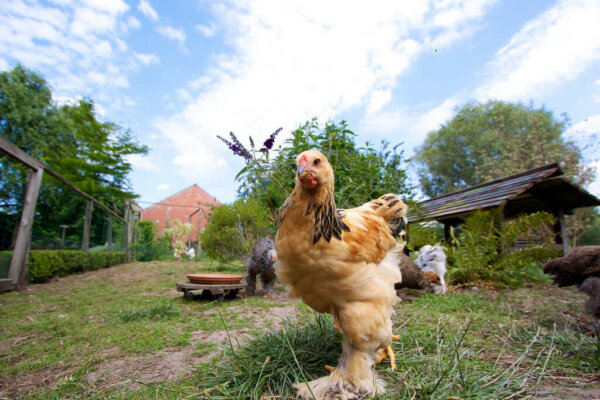
- Purpose: Meat, Pet
- Eggs: Brown
- Egg Size: Medium
- Color: Brown, Golden-Brown, White, Black
- Comb Type: Small, Single
Though this large breed made the spotlight recently as a terrifying chicken in a rather ill-informed viral video, they are hardly worth fearing! These huge, calm chickens were the go-to meat variety in the United States for nearly a century until modern broiler breeds stole the show.
The name may imply that this breed originated in India, but it’s somewhat cloudy origins are now being traced back to Chinese chickens. It’s a difficult to trace history, however, because as this American heritage breed was being developed, “hen fever” was sweeping 1850’s America.
Anyone who could debut a new or exotic breed of chicken rose to prominence. The once lowly chicken suddenly commanded grossly inflated prices as its form was changed and perfected. At the center of this feathery fury was the Brahma chicken, referred to as the “King of Chickens” and at one point, was going by at least 20 different breed names.
Description
With a heavy brow that gives it a uniquely aquiline mien and fluffy feathered feet, this large bird will certainly turn heads. Don’t let it’s imposing size intimidate you, though! Few chickens are as gentle and willing to be handled as these huggable hens.
Their incredibly calm dispositions make them a fabulously friendly addition to the flock. If your children don’t mind looking eye-to-eye with a chicken, they may find that these docile birds could make a very sweet pet. They also tolerate confinement well and are surprisingly quiet.
With tiny combs and dense feathering, these birds will sniff at cold weather with little care. In snowy weather, you may need to “unclog” the snow from their feathered feet, so keep an eye on your flock!
A Giant Doesn’t Grow Overnight
“You could lose your shirt feeding a flock of Brahmas,” says Jeannette Beranger, senior program manager for The Livestock Conservancy. Large birds require large amounts of food, an important factor to keep in mind when working out the cost of populating your backyard. Do keep in mind that while the Brahma is large, it is a slow-growing and slow-maturing breed. Some keepers report that they needed to wait more than a year for their pullets to start laying.
However, the size of these chickens makes them poor fits for a hot climate. They may require a little extra attention during a heat wave to make sure that they have sufficient water and shade. Their strikingly feathery feet may also need extra care against mites, mud, and breakage. If you plan on showing your Brahma, you’ll have to keep it on soft bedding to protect those feathers!
What’s The Yield?
Originally developed as a meat bird, these chickens may break your scale! The typical cock reaches 12 pounds while a hen can reach up to 10 pounds. There have been reports of chickens weighing up to 25 pounds. On the other hand, if you like the looks but not the size, the Bantam variety of this breed clocks in at a mere 1 pound!
They do lay a fair amount of medium-sized brown eggs, and they may lay into winter. Since they have a tendency to go broody, you may want a mixed flock to ensure a consistent supply of eggs.
It is also worth noting that the size of these chickens may affect your coop design. You may find you Brahma hens scraping their backs on a door that is too small, or weighing down a standard roost. Some reinforcements may be in order to ensure that your lovely and large ladies are safe and comfortable!
Pictures Of Brahma Chickens
Resources
- Brahma, My Pet Chicken
- Brahma, Livestock Conservancy
- Light Brahmas, Cackle Hatchery
- Brahma Chicken, Wikipedia
- That Massive, Viral Chicken Would Have Seemed Totally Normal To Americans Before The Age Of Factory Farming, Quartz
- Brahma, Omlet
- Everything You Need To Know About The Brahma Chicken, Wide Open Pets
- Brahma, Backyard Chickens
- Brahma, Oklahoma State University
- Brahma, Feathersite
- Brahma Chickens, Poultry Keeper
- Brahma Chickens, The Happy Chicken Coop
- The Forgotten History Of Hen Fever, National Geographic — The Plate

